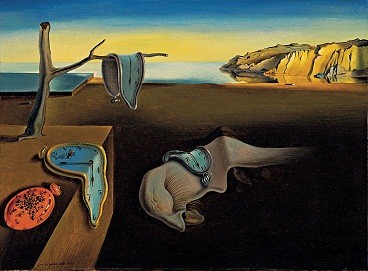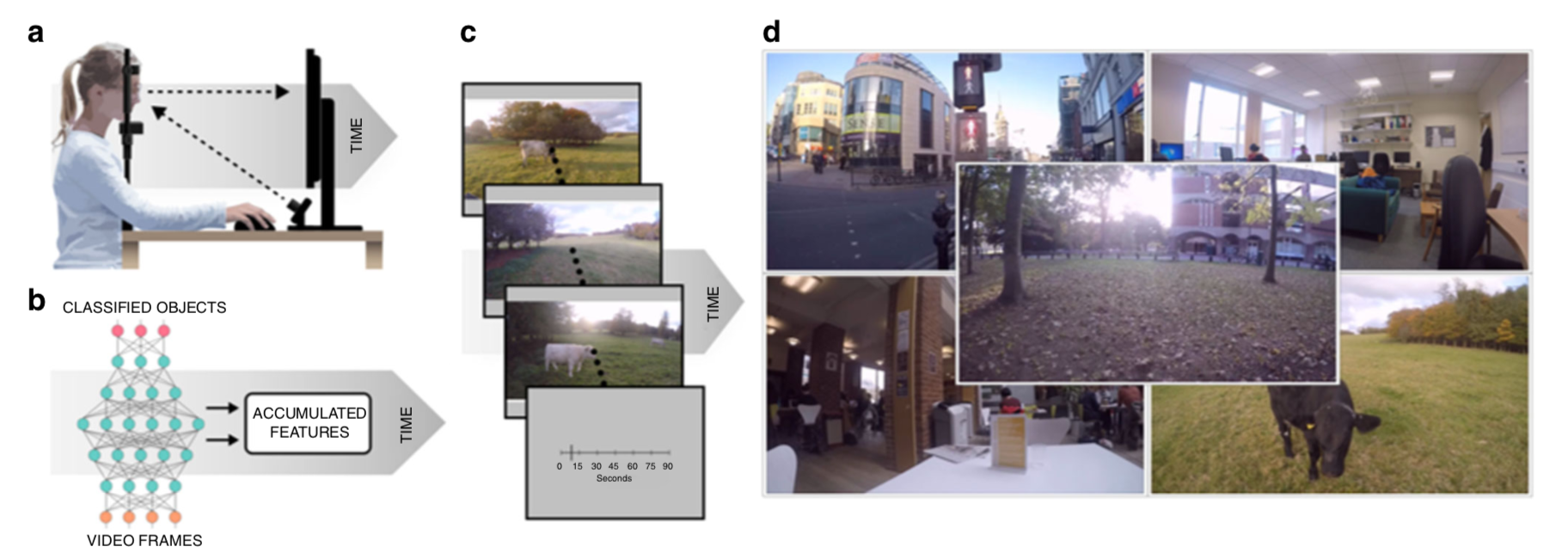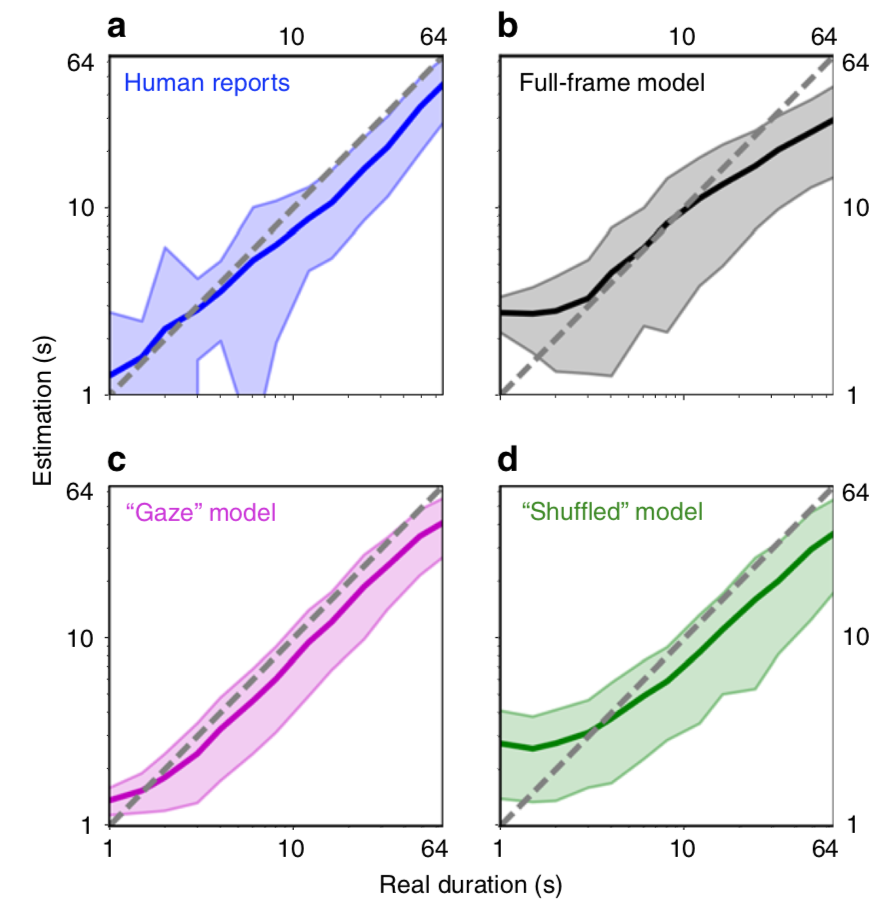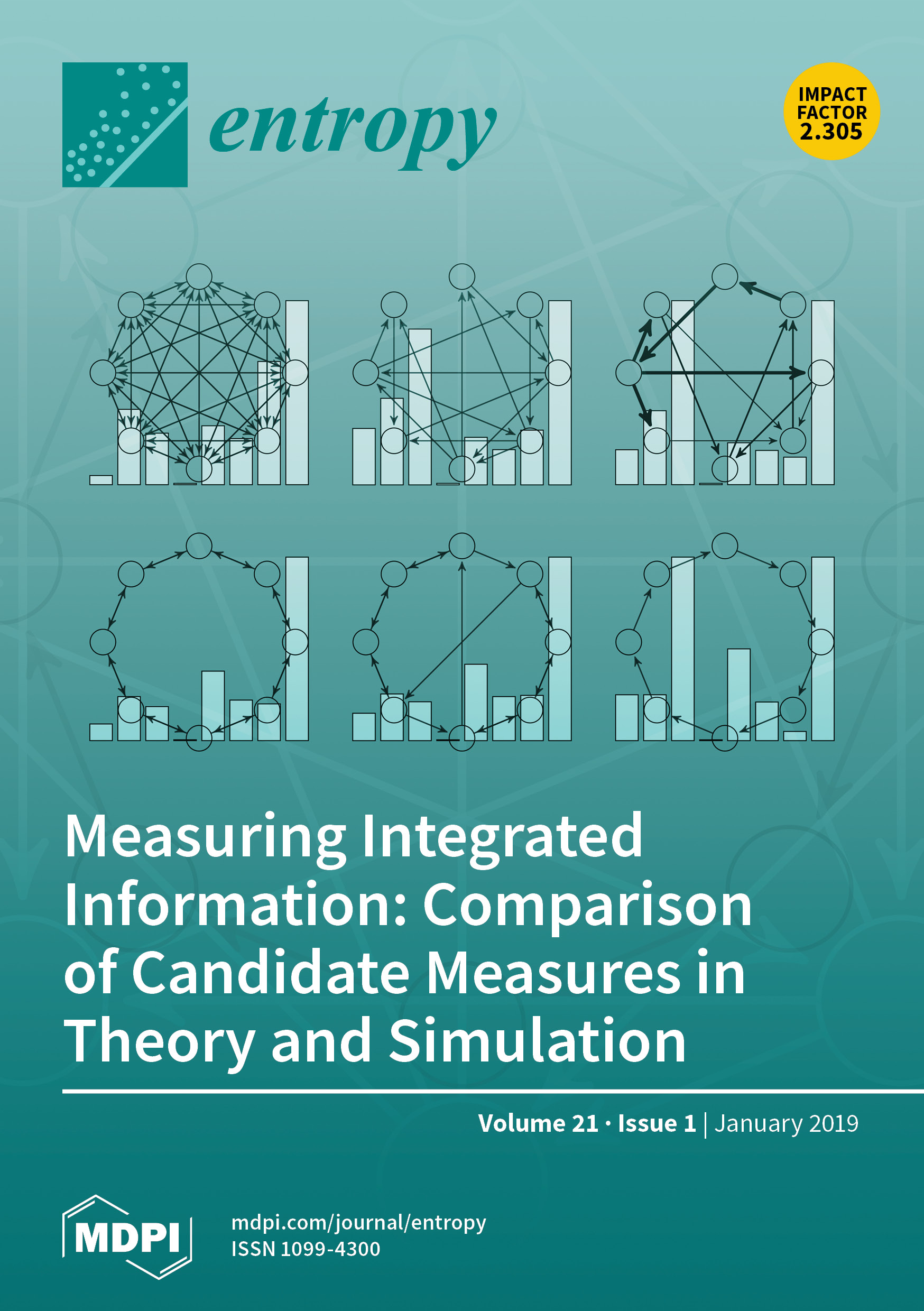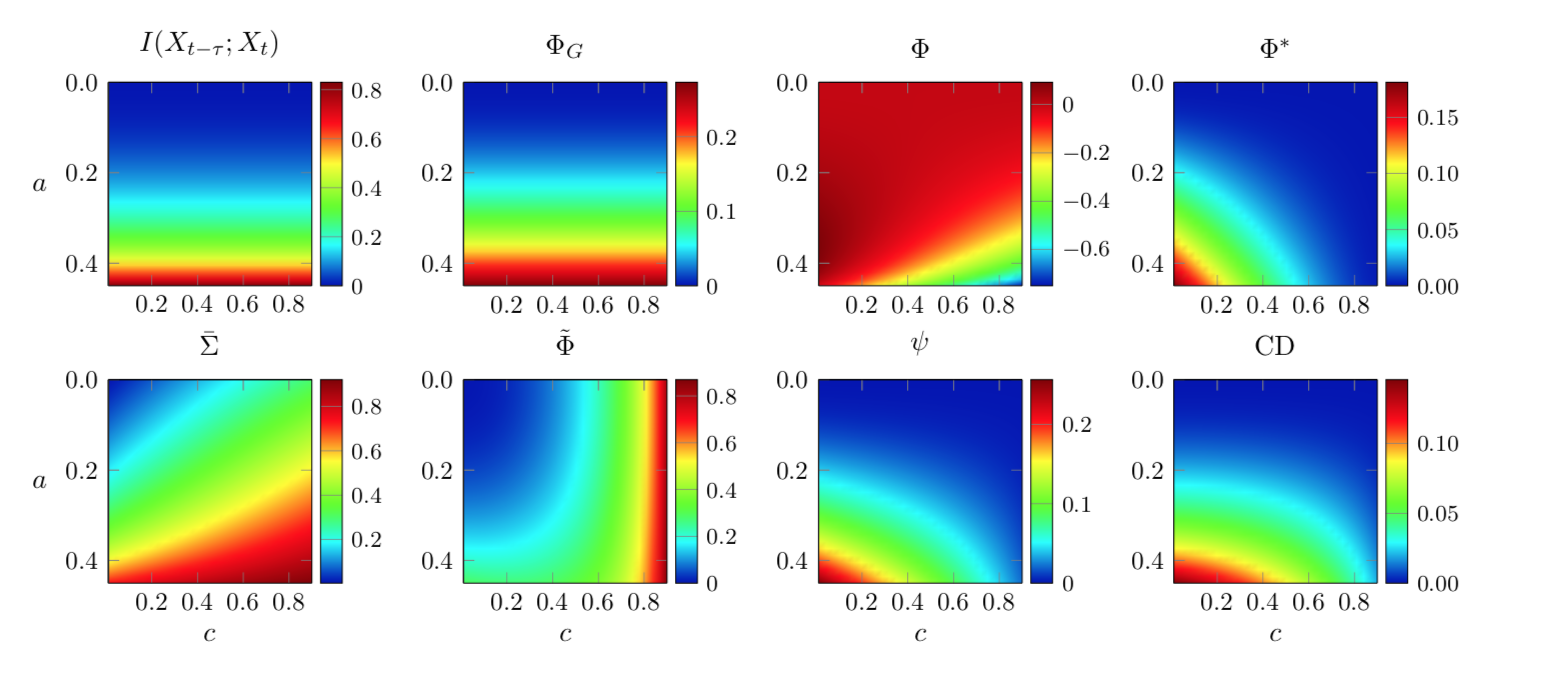One year one, here’s my #LongCovid update. TL/DR – with many ups and downs, I’ve improved a lot, and am able (with care) to work, travel, and generally enjoy life again. As I write this I’m in Mexico for a CIFAR meeting, sipping a coffee in the Caribbean morning sun. Six months ago, I was wondering – and pretty doubtful – whether anything like this would be possible again. But here I am. If you’re suffering, as I was and as so many still are, there’s every chance that, with time, you will improve too. (Update as of 27/12/22 – I spoke too soon, as always! See end of this post for an update to this update.)

The LC symptoms are still with me, like a stroppy child in the back seat on a long car journey. A week or so ago, perhaps to mark the anniversary of my infection, it kicked off again and I had a rough couple of days. What this tells me is that I’m still learning the pacing lesson. Even – especially – when feeling not-too-bad, it’s important to not overdo things, and ‘overdo’ has taken on a new meaning – as living what I used to think of as normal life. I’m also still masking up where I can in busy places, and avoiding stuffy people-crushes whenever I can.
So that’s where I am, and here are a few other things I’ve learned along the way. What follows is my personal (non-medical) opinion, based on my own experience, which in turn has been shaped by the advice of many people with much deeper knowledge.
First, and it bears repeating, rest is so important and is often the hardest thing to do. Hard because many people with Long Covid still need to do mentally and physically demanding work, and because even if you are able to take time off, doing next-to-nothing can be much more difficult than doing things. Don’t ever feel guilty about resting. Doing nothing is extremely difficult, so praise yourself for when you achieve it (though ‘achieve’ still seems the wrong word), and don’t beat yourself up if you don’t. (And beware ‘graded exercise therapy’ – this can be disastrous). As I was reminded the other week, part of the rest strategy is to not push things too far – physically or mentally – even when feeling OK. I’m still steering clear of cardio exercise, but a day of zooming seems just as likely to wipe me out.
Second, social support is equally important. I’ve been very lucky to have the support of many friends & colleagues, both near and far away, who’ve been with me for the journey. They’ve helped guard against catastrophic thinking, been there with food and company when I’ve been laid low, helped take the load off me at work, and much more besides. I am more grateful than I could ever say.
Third, keep a diary, even if it’s just one line and a mark out of 10 for how you feel. It’s very helpful to be able to track your symptoms over time, to look for patterns and potential triggers, and eventually to see evidence of improvement (this new app might be worth checking out). One of the most frustrating things about LC is its up-and-down nature. I forbade myself from ever thinking “I’ve turned the corner” because every time I did, I’d hit another wall. But over time there’ve been fewer crashes and the crashes are less severe. My diary has helped me recognise this, and sometimes helped me identify some of the triggers. On the other hand, you can go nuts trying to figure out the reasons for suddenly feeling bad. So if/when you do have a reverse, try not to rake over the coals too much. Sometimes, perhaps most of the time, crashes just happen and it doesn’t help to constantly re-examine might-have’s and should-have’s.
Then there are all the other things. I’m still (mainly) off caffeine and I did stop all alcohol for several months. I was following a low histamine diet quite strictly, but I’m more flexible about this now. Perhaps the trickiest thing is knowing what to do about all the various supplements and treatment options that are out there. Here, the lack of well controlled studies means that we’re mostly all freestyling N=1 “clinical trials” (which of course they aren’t). With that in mind, here are some other things that at least coincided with my beginning to feeling better. Broadly, the things I’ve tried have targeted one or more of the following: (i) reducing (neuro)inflammation, (ii) breaking down potential microclots, (iii) supporting mitochondrial function, and (iv) restoring microbiome balance.
Cold showers (or sea swims). A brief immersion in cold water every morning not only helps tamp down inflammation, it wakes you up – particularly useful for caffeine-free times. The trick is to not think about it too much, and to treat the cold sensations as ‘interesting’ rather than ‘cold’.
For microlots, I’ve been taking nattokinase and serrapeptase since the summer. There’s various anecdotal reports that these supplements help. I take 2x of these each morning, ideally 30 mins before eating. Before breakfast I also take turmeric shots and a slug of Athletic Greens, which has all sorts of vitamins and pre/probiotics, though it is pricey. There’s also evidence for the benefits of antihistamines (& low histamine diet). I take daily over-the-counter cetirizine hydrochloride, and famotidine (a prescription type II antihistamine, mainly active in the gut). I’m taking a bunch of other supplements too, but I don’t have strong feelings for whether they’re working or not. Coenzyme Q10, Rhodiola Rosea, and (flushing) Vitamin B3 may be worth mentioning.
More experimentally, I’ve tried IV infusions of various good things, electrical vagal nerve stimulation, flotation, as well as the staples of acupuncture and meditation. All seem to help a little, but again its hard to say for sure. Looking ahead, I’m intrigued by the potential for low-dose naltrexone to help dissolve the remaining wisps of brain fog (in fact I’ve just started on 0.5mg per day). But there’s a worry with all this. It’s far too easy to go down pricey rabbit-holes, and – given the desperation people with LC feel – to get into financial distress. Be especially cautious about expensive treatments, and don’t overextend yourself financially. This will only make things worse.
Zooming out, Long Covid remains a massive public health disaster, with ~17 million affected in Europe alone. It is a disaster that continue to build, and largely out of sight now that societies around the world have decided that the pandemic is over. It isn’t over. That said, there is hope. When I first started looking for information about Long Covid, back in those most difficult first few months, everything seemed to be either a miracle or a catastrophe. But in my experience, and in the journeys of many I’ve met along the way, a middle course seems much more likely.
Many people (not all) do get better, not quickly, and maybe not fully, but they do improve. With more research into the heterogeneity of Long Covid and into the efficacy of different treatments, the odds will improve for everyone. What’s more, the increased attention to post-viral conditions generated by Long Covid may finally help those with other such conditions, like ME/CFS, who have struggled for decades without adequate support.
For me, Long Covid at its worst was like waking every day feeling like I’d been poisoned. Twelve months later, although I now longer feel this way, I am aware that the symptoms could roar back at any time, and I do not expect to ever fully return to how I was before. Accepting this is challenging, but it’s part of the road that travels between miracle and catastrophe.
UPDATE 27/12/22: Well dammit, I spoke too soon – always a danger with LC. After feeling pretty well for much of my time in Mexico, I started to feel ill again on the way home, on Christmas Eve. Initially it felt like a bit of mild food poisoning, and I was hopeful that a good night’s sleep would see me right. But no. Since Christmas Day I’ve been incapacitated again, struggling to get around the house, and with a near full-house of LC symptoms gleefully bounding around my body and mind. It’s hard to know what the trigger was, indeed whether there was any trigger. But I now need to re-evaluate the days and weeks ahead, as I did so many times in 2022. I am optimistic I will feel better again. I just don’t know when. Much love, sympathy, and renewed enpathy to all others out there navigating Christmas through the toxic fog of LC.

Postscript: If you’re still here, and are interested in the mind and brain as well as Long Covid, please consider taking part in our new study of ‘perceptual diversity’: The Perception Census. You’ll help us advance research into how we each experience the world in a unique way, and you’ll also discover more more about your own powers of perception! Give it a shot. It’s fun, I promise.




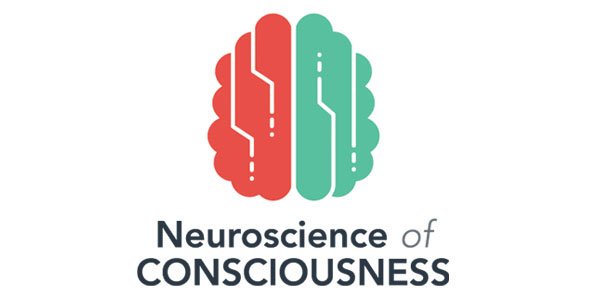


 I was born in 1972, a year before the UK joined the European Economic Community. As I grew up, in rural South Oxfordshire, the idea of being part of a world beyond England helped keep me going, helped me believe things would get better. Half Indian and half Yorkshire, with a name that even I couldn’t pronounce properly, I looked forward to being part of a world with all the beauty and diversity of Europe, a world in which the threat of war and nationalism was receding not growing, war which had taken my grandfather before I knew him, before he knew me.
I was born in 1972, a year before the UK joined the European Economic Community. As I grew up, in rural South Oxfordshire, the idea of being part of a world beyond England helped keep me going, helped me believe things would get better. Half Indian and half Yorkshire, with a name that even I couldn’t pronounce properly, I looked forward to being part of a world with all the beauty and diversity of Europe, a world in which the threat of war and nationalism was receding not growing, war which had taken my grandfather before I knew him, before he knew me.